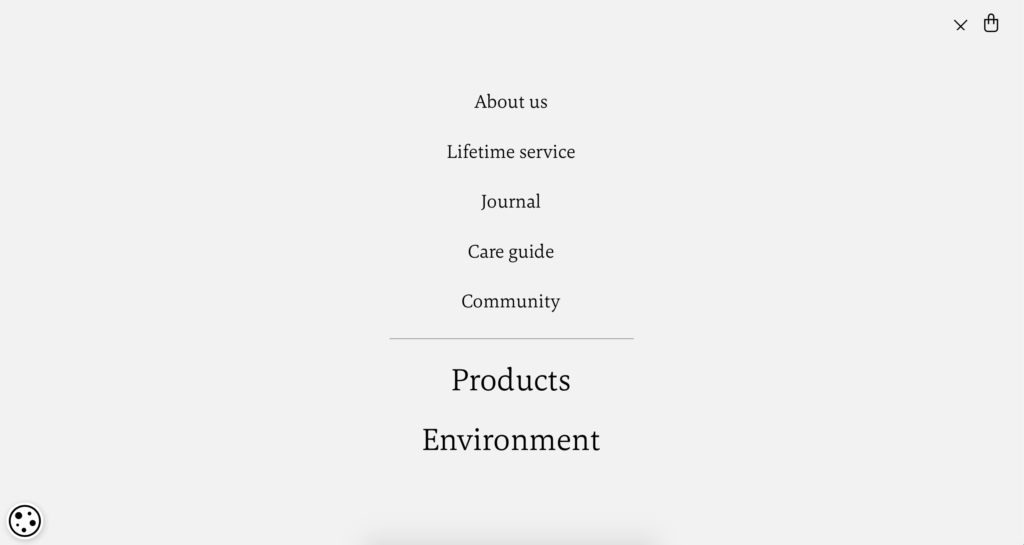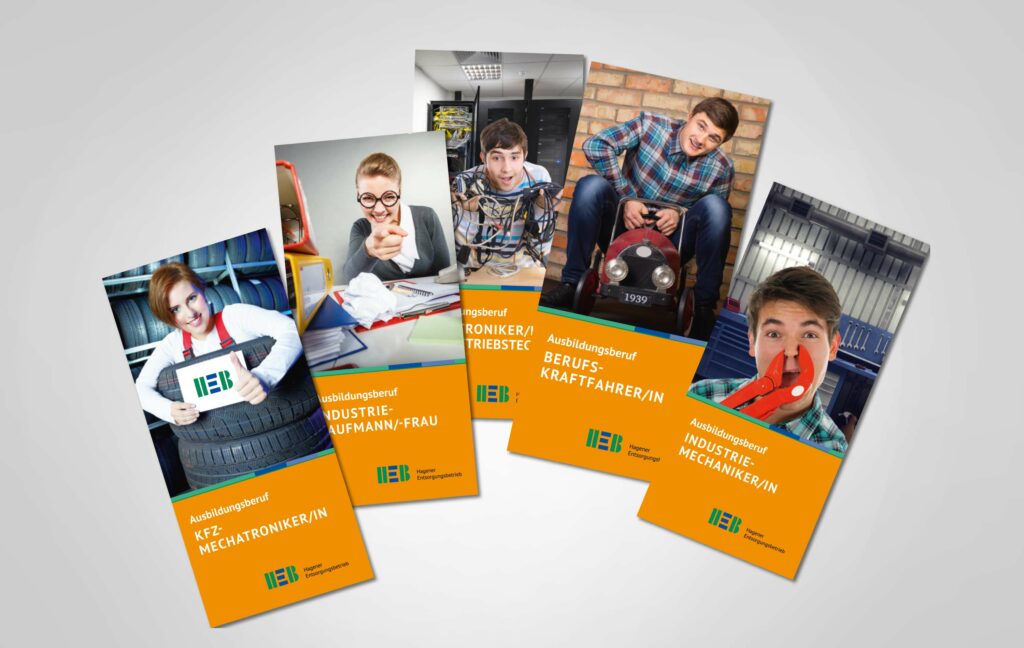In this post I will study how Northern Playground, a small clothing company, makes their production and business as little un-sustainable as possible. They belive no clothing company can be fully sustainable, but of course they can be better or worse. This is how they try to be better:
“Sustainable materials do not exist. Period.” This is how the text starts if you make two simple clicks (Menu > Environment) on the webpage of Northern Playground. This is surprisingly honest when we have gotten used to green labels with “Conscious” written all over on fast fashion giant H&M and many more. Northern Playground is a Norwegian company who is trying to change the textile industry in a way that has real impact.

In the beginning of the company’s life Jo Egil Tobiassen, the brain behind it, thought sustainability was complicated, he tells E24. However, after educating himself he found that it isn’t “how” we produce clothing that is the main issue, it is “how much.” But if his company wants to have a real impact, they also need to grow. This is a real paradox for small, “sustaiable” brands. Tobiassen explains that one way they are doing this is avoiding sale and avoiding middle men. This way the earn more on fewer articles on clothing. (https://e24.no/det-groenne-skiftet/i/8Qkd4r/klesgrunderen-som-vil-at-du-skal-kjoepe-mindre-vil-vokse-mer)
Reducing clothing consumption
Lifetime service: Repairs are made easy by providing knowledge and tools to repair the garment yourself or it can be executed for free by the company. Northern Playground also takes care of recycling when the garment is truly worn out. Producing in only wool makes recycling much easier as this is a highly recyclable material. (https://www.northernplayground.no/en/lifetime-service)
Their business model includes the users: Northern Playground was tired of the guessing game most companies do when deciding on product design and the amount to produce. This leads to massive overproduction, and never-used garments ends at landfills. Northern Playground have developed a big user group who they get feedback from in the design, testing and decision phase. (https://www.northernplayground.no/en/content/our-model)
A clothing company requesting environmental tax: In addition to having put a self-imposed environmental tax on themself (to spend on repairing etc.) Northern Playground is also working part politically to request for an environment tax to be put in place in Norway. (https://www.northernplayground.no/en/content/letter-to-the-government-4, https://www.northernplayground.no/en/content/environmental-tax)
Slow fashion: Producing classic designs who lasts a long time and not releasing a new collection just because a new session arrived keeps the new for bying new things all the time down. Of course this is easier for a company producing wool garments to be used as basics. However, Northern Playground is actively working for owning garments who can serve multiple purposes to become a more accepted standard. (https://www.northernplayground.no/en/content/we-dont-need-collections)
In addition Northern Playground has an open communication about overconsumption as a problem, avoids discounts and design for high quality as a priority over low prices.

Reducing their footprint
Norther Playground of course design for reducing the enviornmental impact from each garment in other ways than ensuring a long lifetime for each garment. They also:
– produce partially (very) locally in Oslo, partially in Europe (at the only manufacturer in the world who fulfills Greenpeace’s environmental standards
– only use (partially organic) natural materials
– use recyclable packaging and no plastic
– ensure a sustainable culture among employees
– believes in and acts with transparency
(https://www.northernplayground.no/en/environment)



